|
We’ve always been fascinated by olive oil. By the beautiful silvery-green trees, the delicious olives themselves, and the fruity, peppery, healthy oil they produce. We’ve also been curious about the influence this ever important ingredient has on the overall health benefits and life expectancy associated with the Mediterranean diet. And since we moved to Spain, visiting an olive farm and learning about the production process has been at the top of our foodie experience wishlist. Less than an hour’s drive northwest of Valencia, toward the province of Castellon and then straight inland and up nearly 2,000 feet, is the small pueblo of Viver. Tucked between the Sierra Calderona Mountain Range and San Roque Mountain and crossed by the Palancia river, it’s an agricultural community whose history dates back all the way to the Paleolithic era. And while the town’s roots have always been in agriculture, it wasn’t until 1990 that a collective of farmers and residents formed the Cooperativa de Viver in an effort to produce high quality olive oil, develop a more diverse range of products, and create a more professional operation to achieve greater success for its members who, today, total 500 (Viver’s population is just north of 1,500). So, on Tuesday, with Megan’s dad, Mike, and his girlfriend, Janet in tow, we visited the Cooperative de Viver. Upon our arrival we were greeted by the cooperative’s production manager, Cati and her colleague, Paco. Together they gave us an insightful and provocative tour of the entire olive oil production process. Starting in the farm, we learned about the challenges of harvesting these magnificent trees and the labor-intensive process of making their signature product, Lagrima, which requires that the local olive varietal, Serrana del Palancia, is processed within 4 hours from the time it’s harvested. Abiding by this tight time frame ensures the olive maintains all of its punch-packing properties, including a large amount of antioxidants, healthy monounsaturated fats, and anti-inflammatory properties (along with its delicious taste). The rest of the process includes de-stemming/de-leafing, milling, blending, and pushing the oil through a centrifuge, which separates any remaining residues from the pure oil. It’s then transferred to stainless steel tanks before bottling and labeling. Up a short flight of stairs, we sat in a conference room of sorts, where Cati extrapolated on the difference between virgin, extra virgin, and ‘plain’ olive oil, along with the importance of demanding good quality oils, whether in the store or at a restaurant. Just as we do with wine in a restaurant, she says, we should be ready to say no and send back a bad olive oil. We discovered what makes an oil mature or green, and how to find tasting notes of artichokes, almonds, and even ripe bananas. We learned how oil from the Serrana del Palancia olives is a sweeter oil than the the spicier, traditional Spanish oils produced in Andalucia. All of it, eye-openingly delicious. In the same building, just around the corner from the bottling station, we explored the cooperative’s little store where they sell all sorts of local products including wine, vermouth, honey, olive pate, almonds, and more. Gracious with their time and knowledge of this truly artisanal process, we left the cooperative with a significantly deeper appreciation for one of our favorite ingredients. Our persistent questions answered in detail (Cati and Paco are strong believers that the healthy properties of extra virgin olive oil are a major contributor to the long life-span of Spaniards) and our taste buds satisfied, we returned home excited to crack open our bottle and to provide a new local food experience to future visitors of Valencia.
0 Comments
Your comment will be posted after it is approved.
Leave a Reply. |
Cohica TravelA travel design agency. Categories
All
Archives
October 2023
Follow us on Instagram @CohicaTravel
|

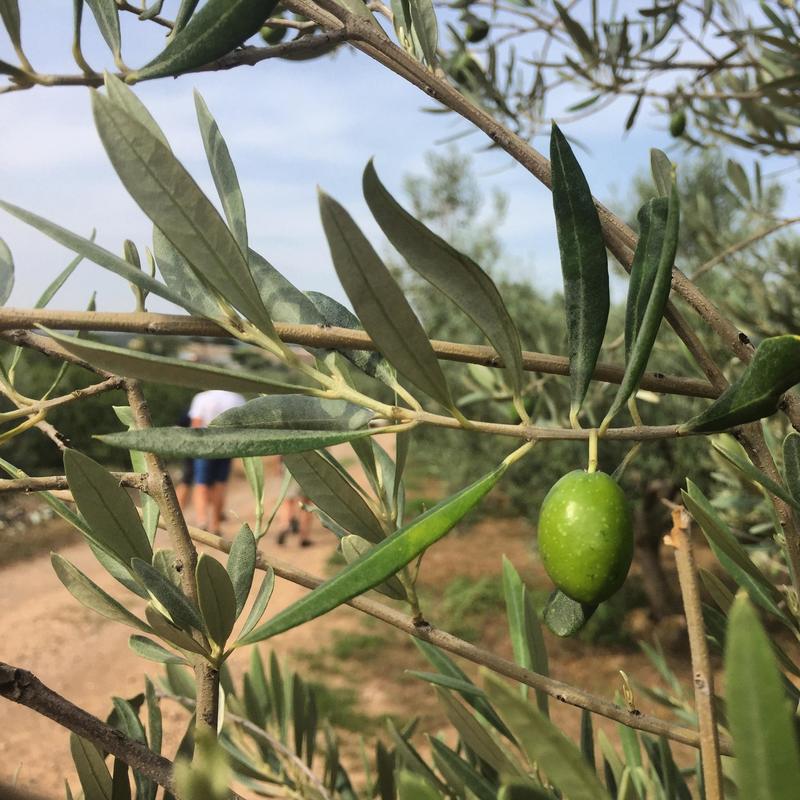
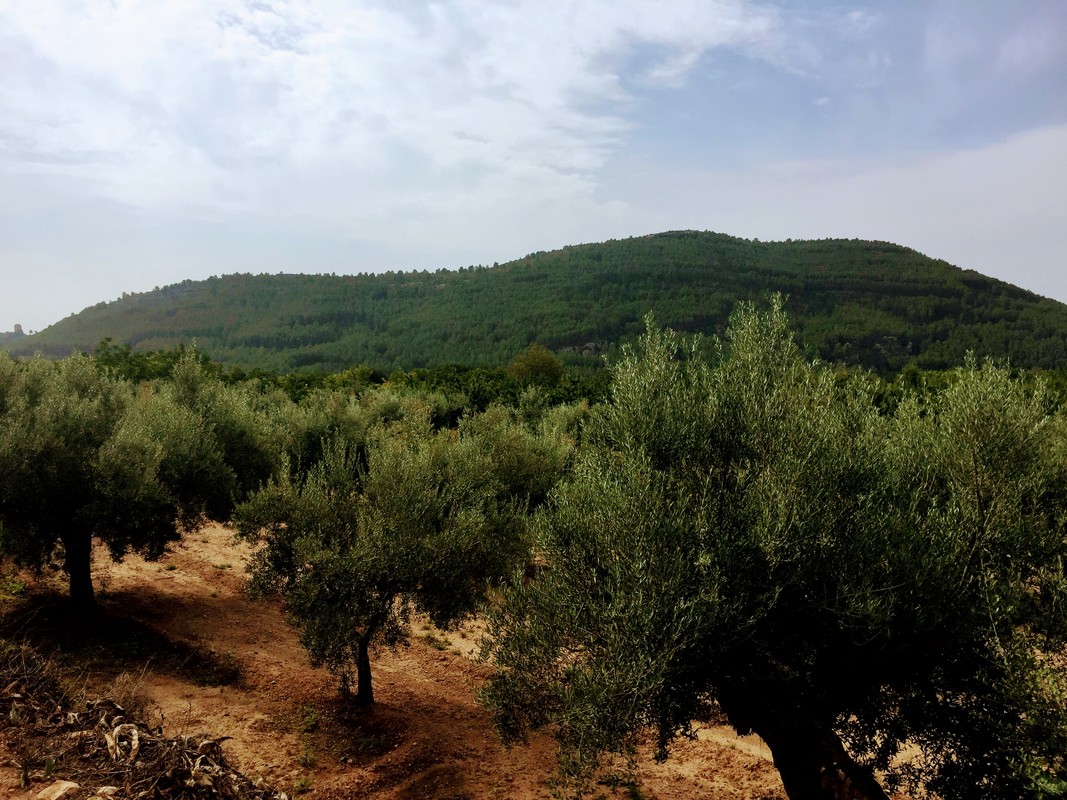
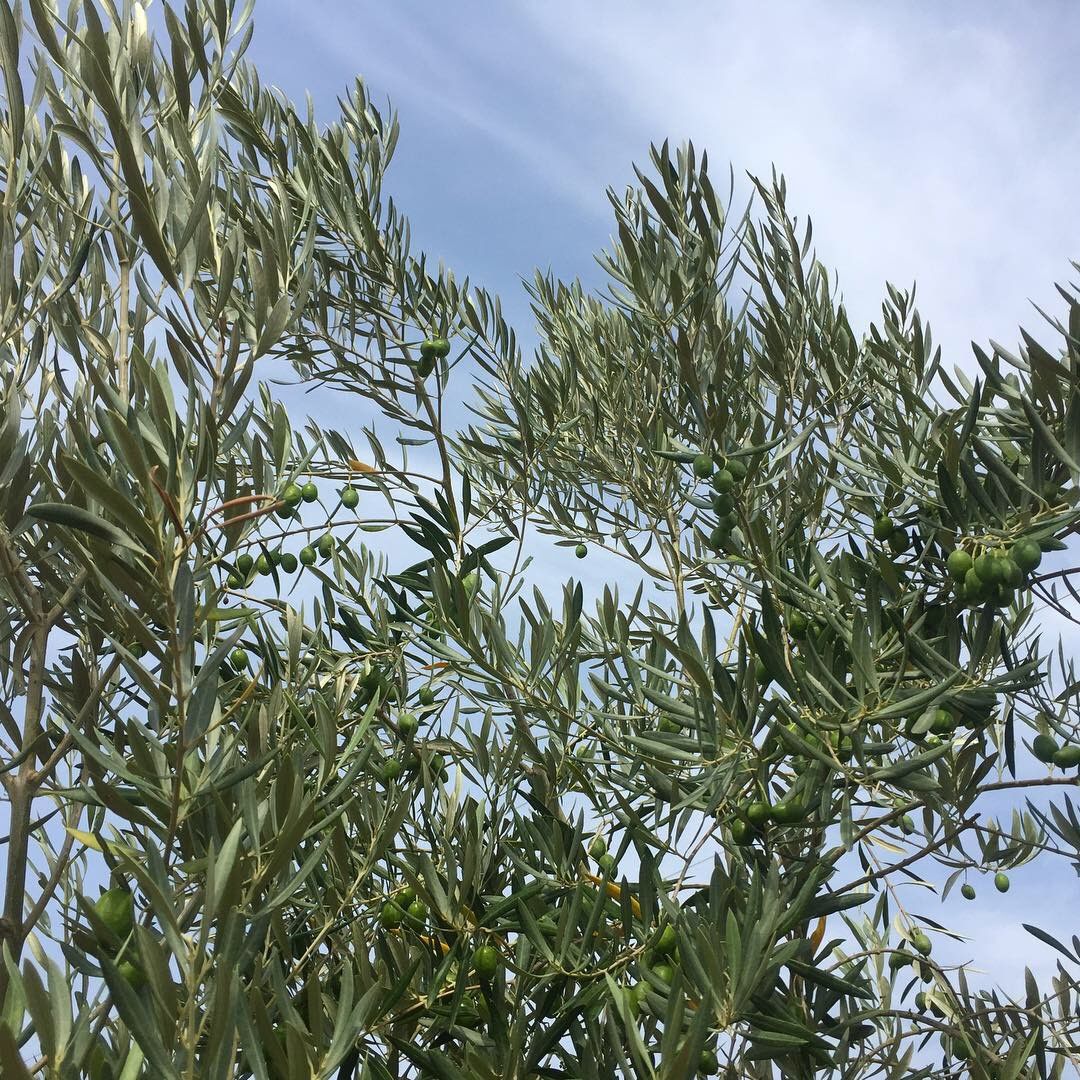
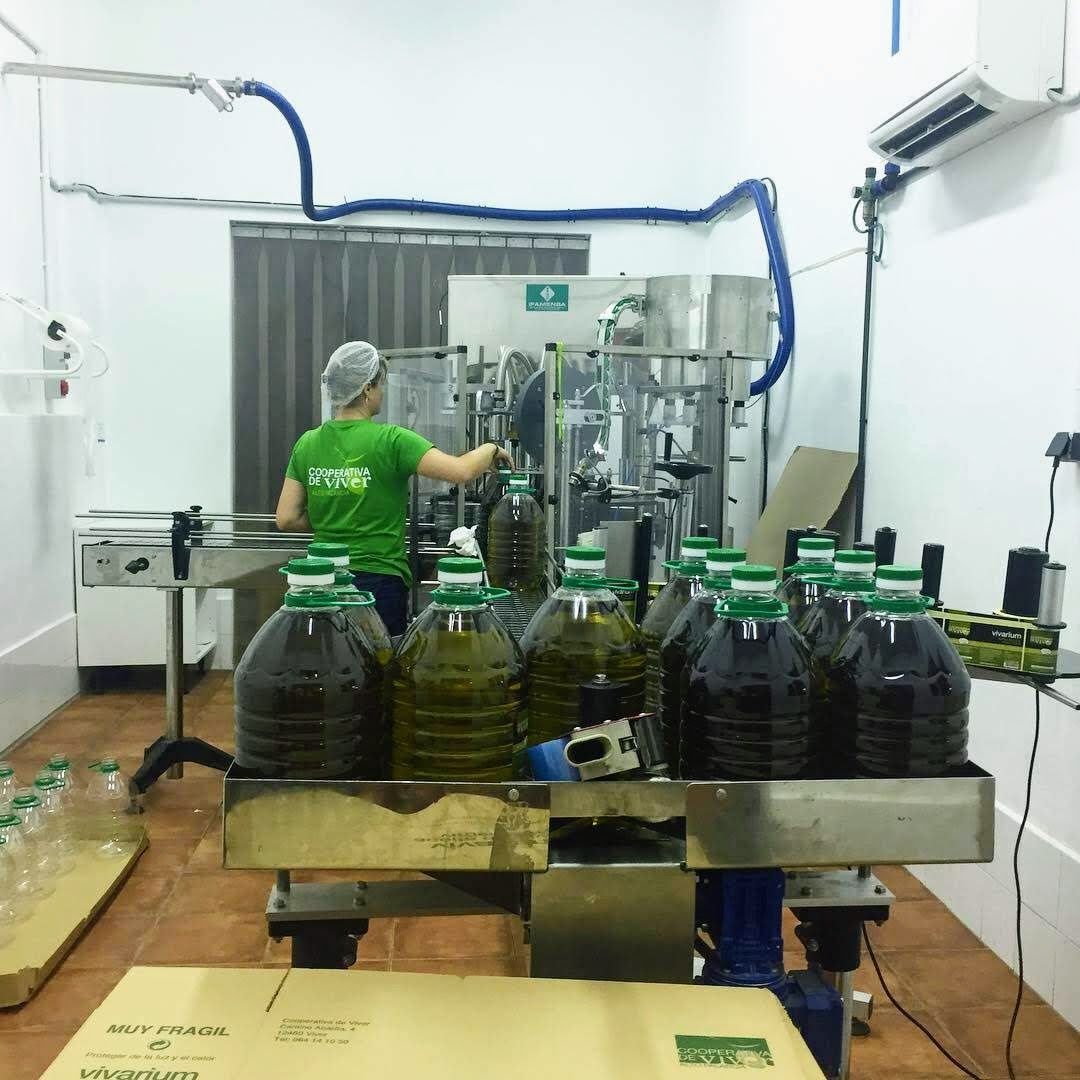
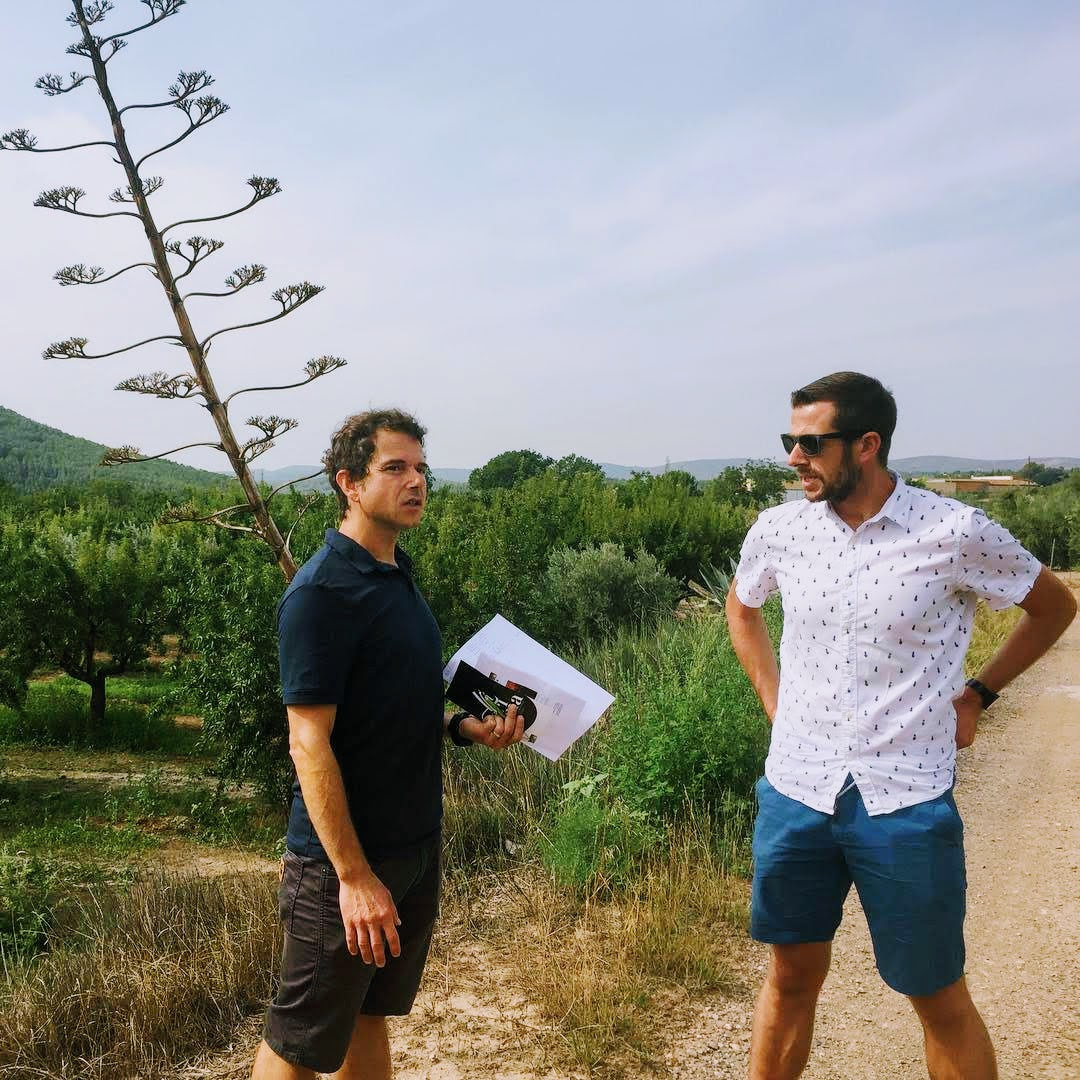
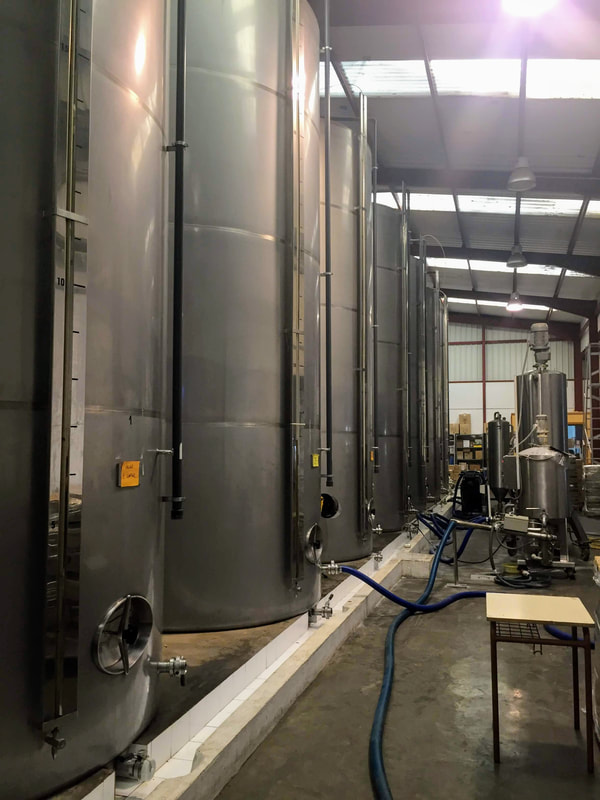
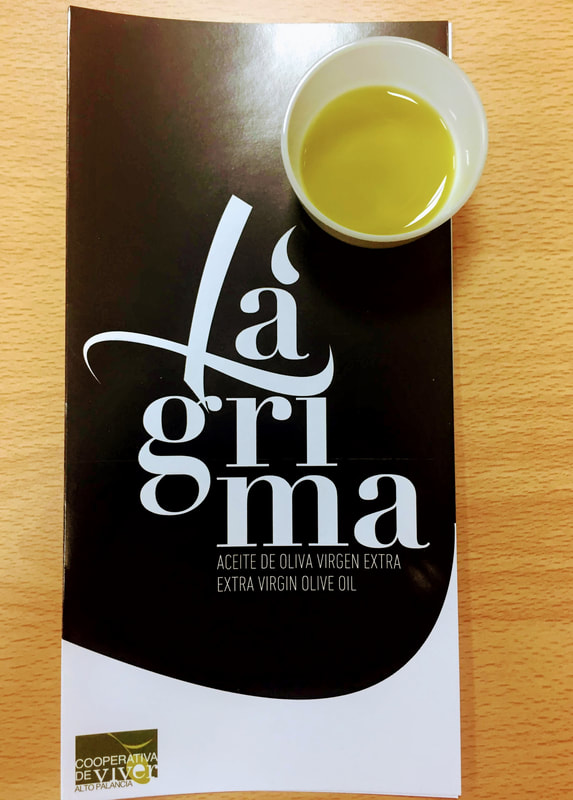
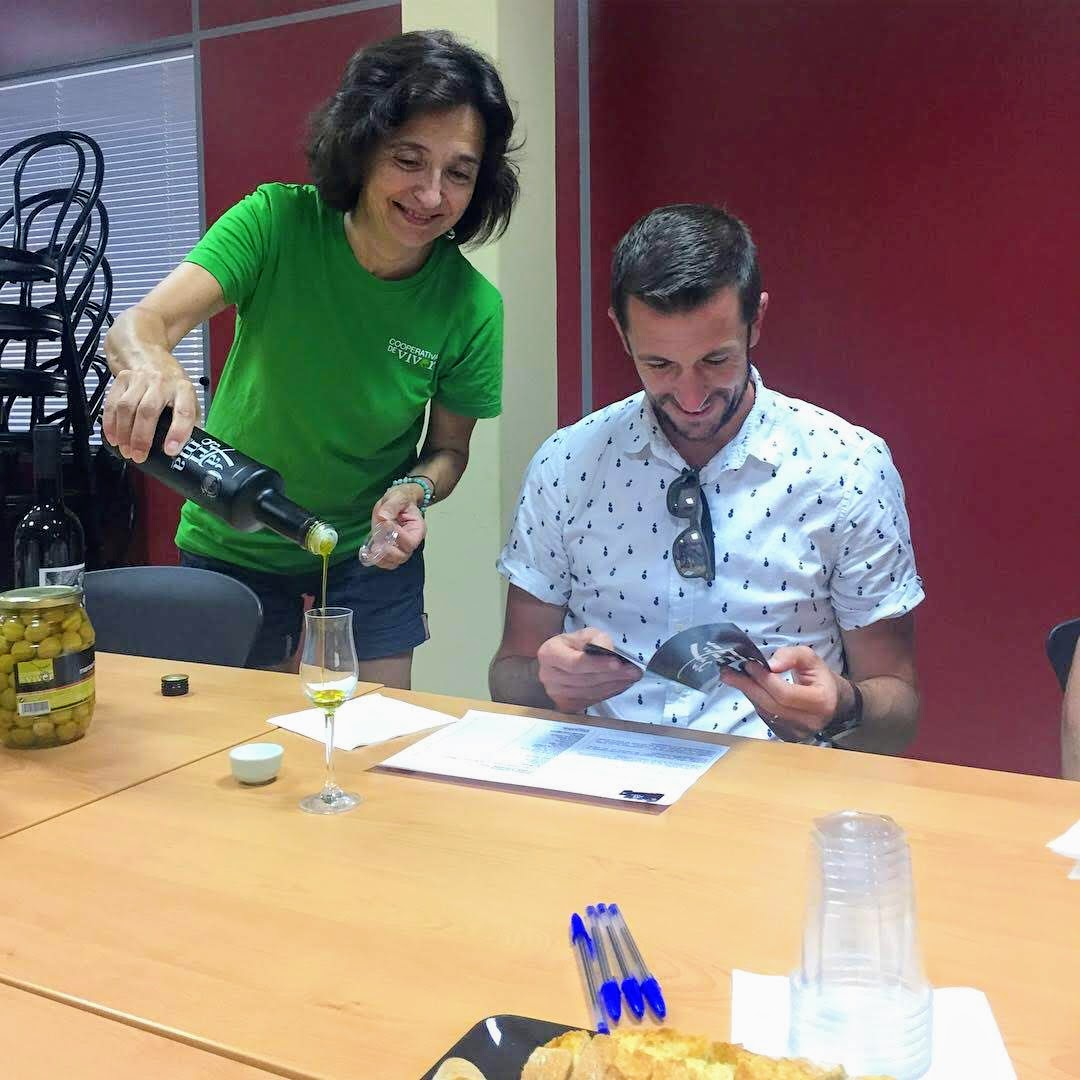
 RSS Feed
RSS Feed
